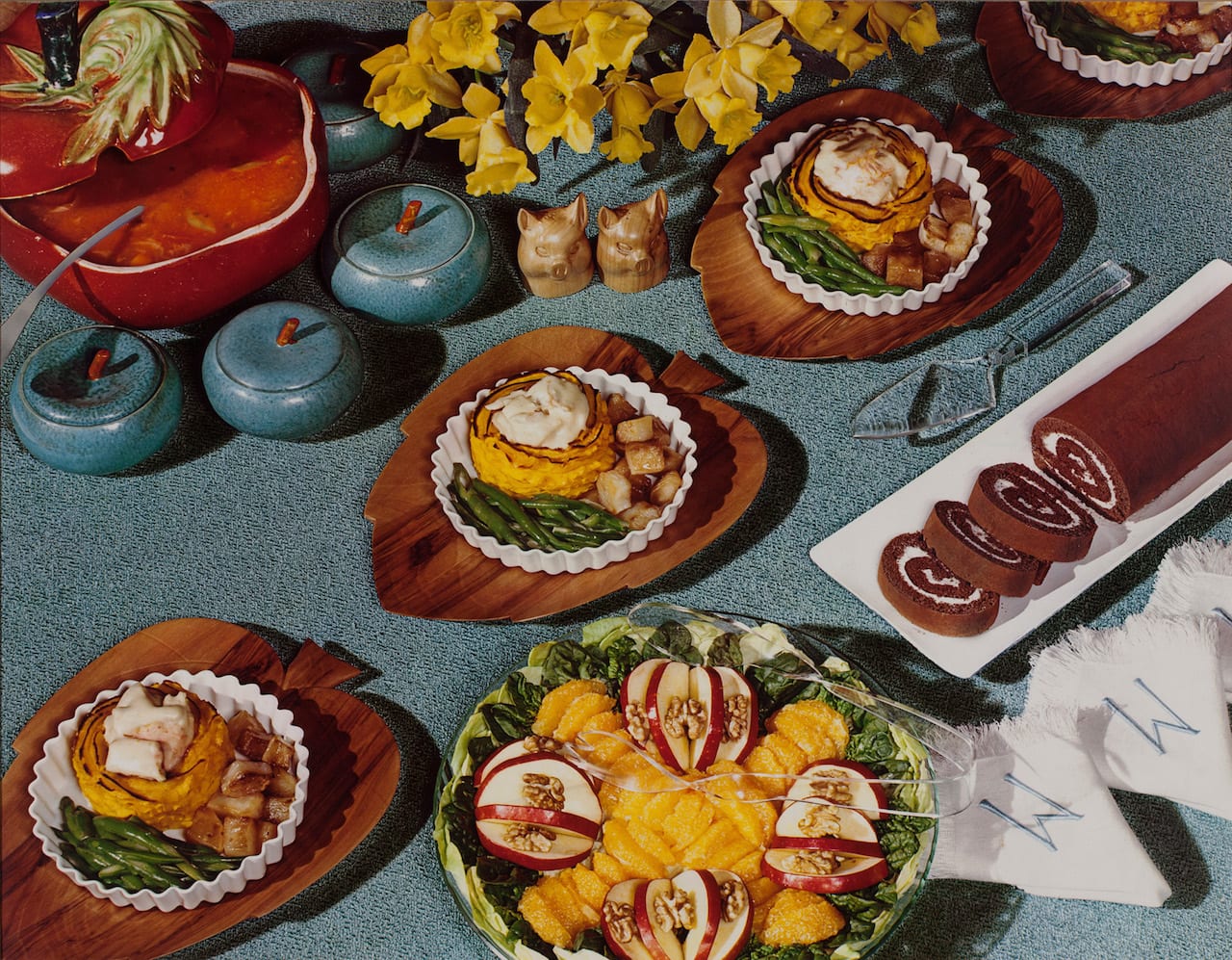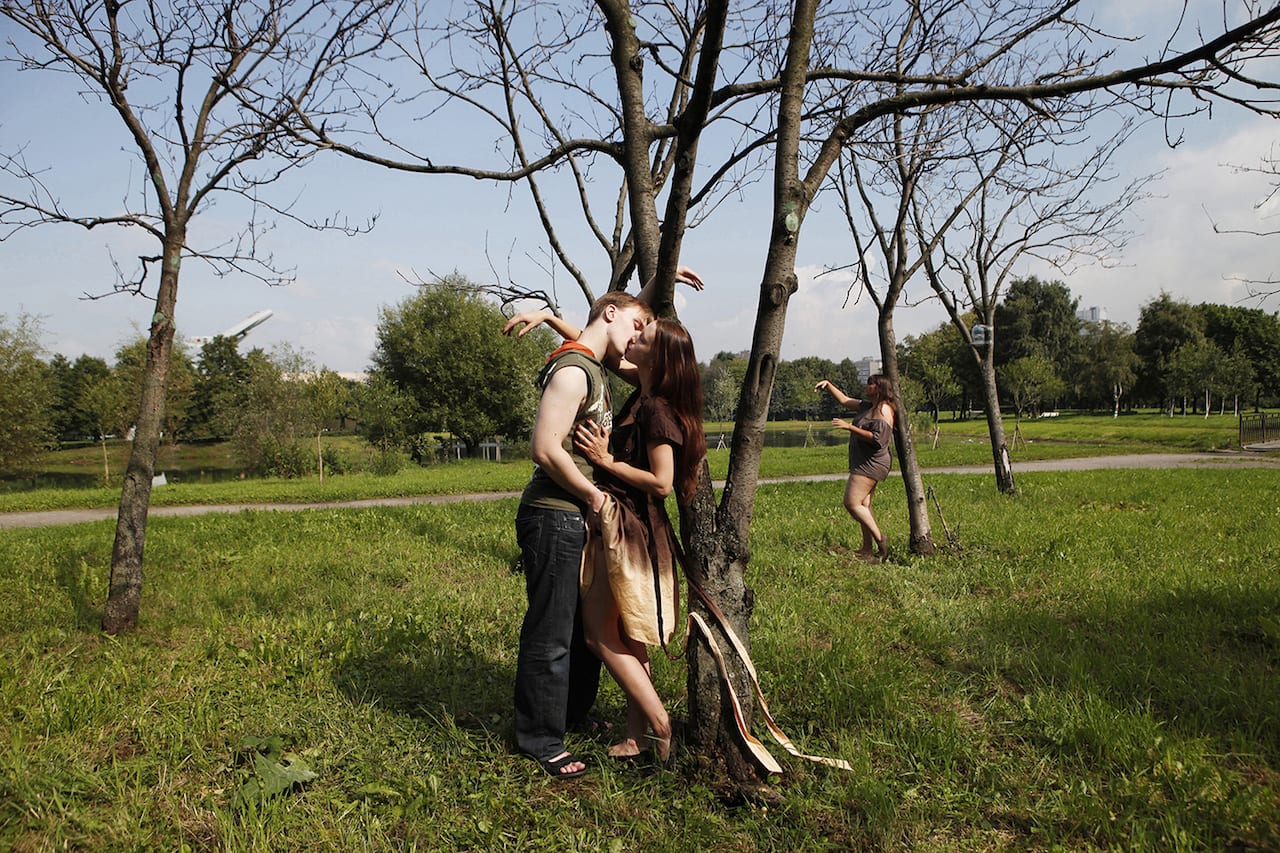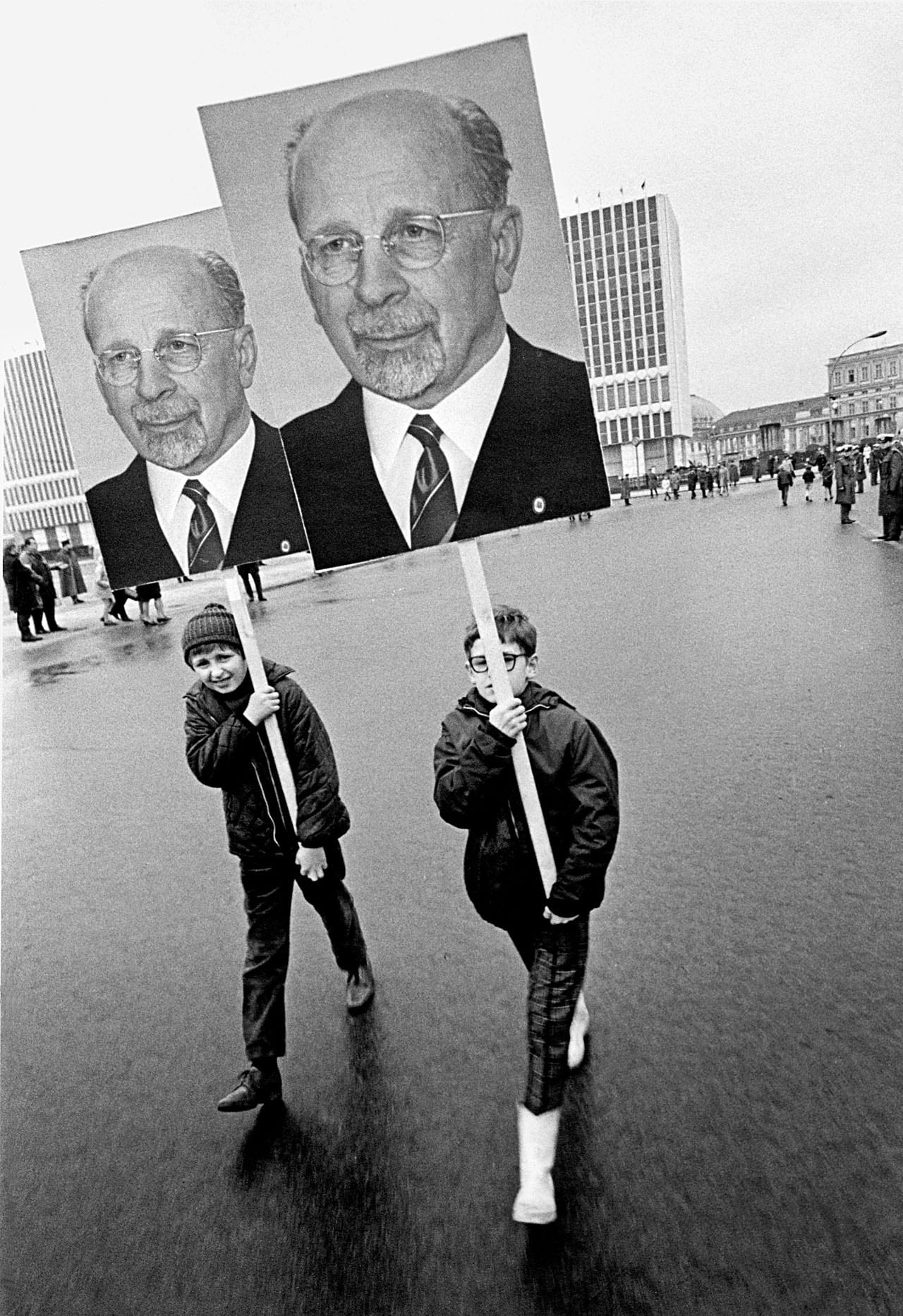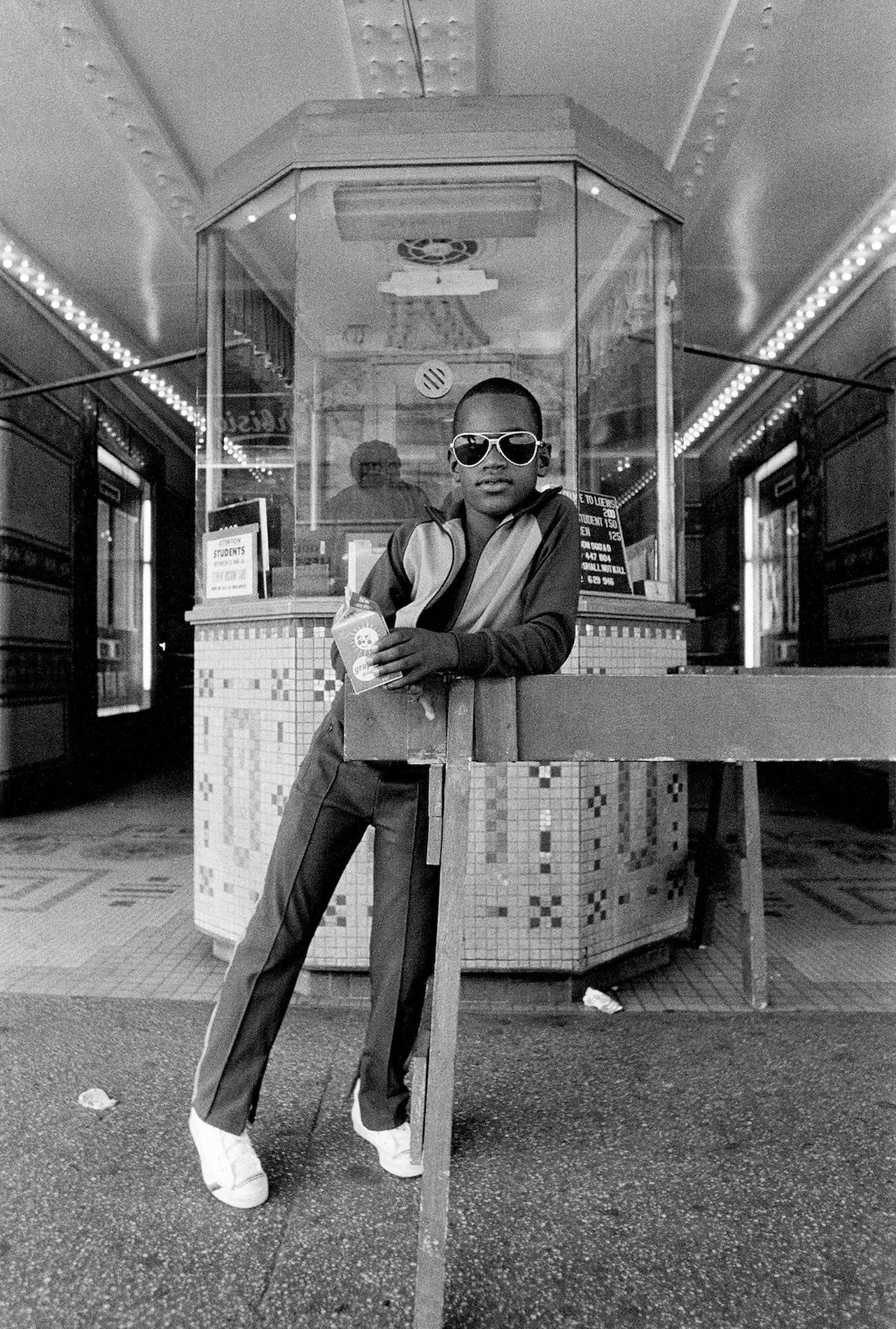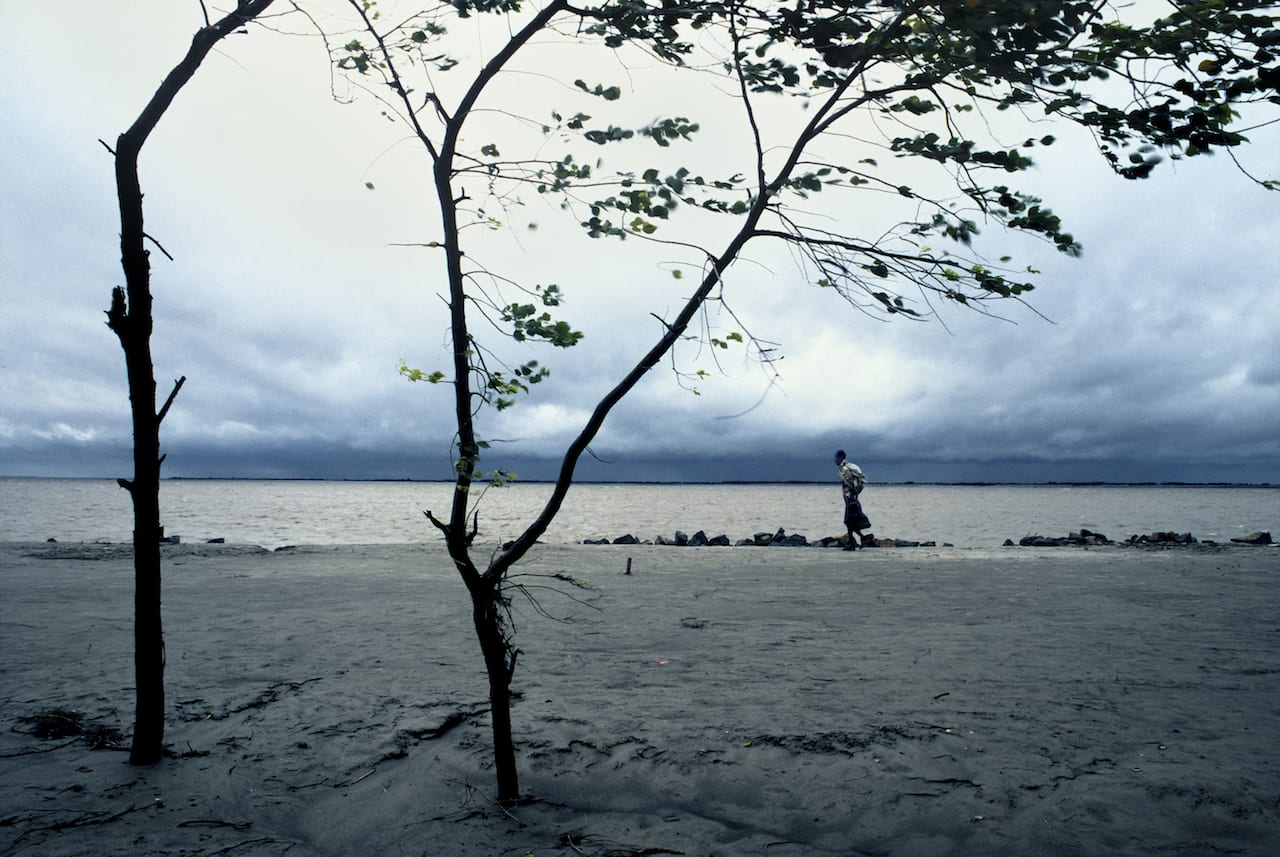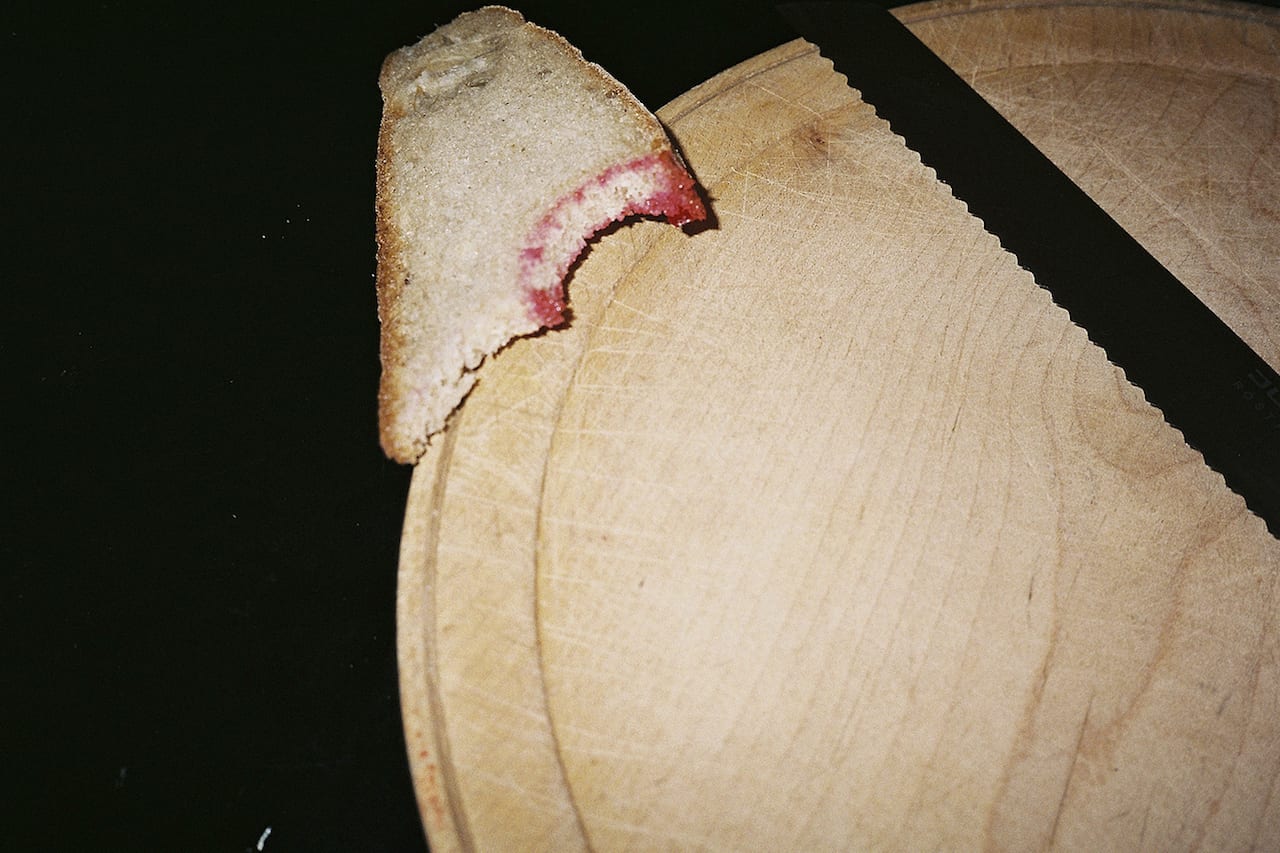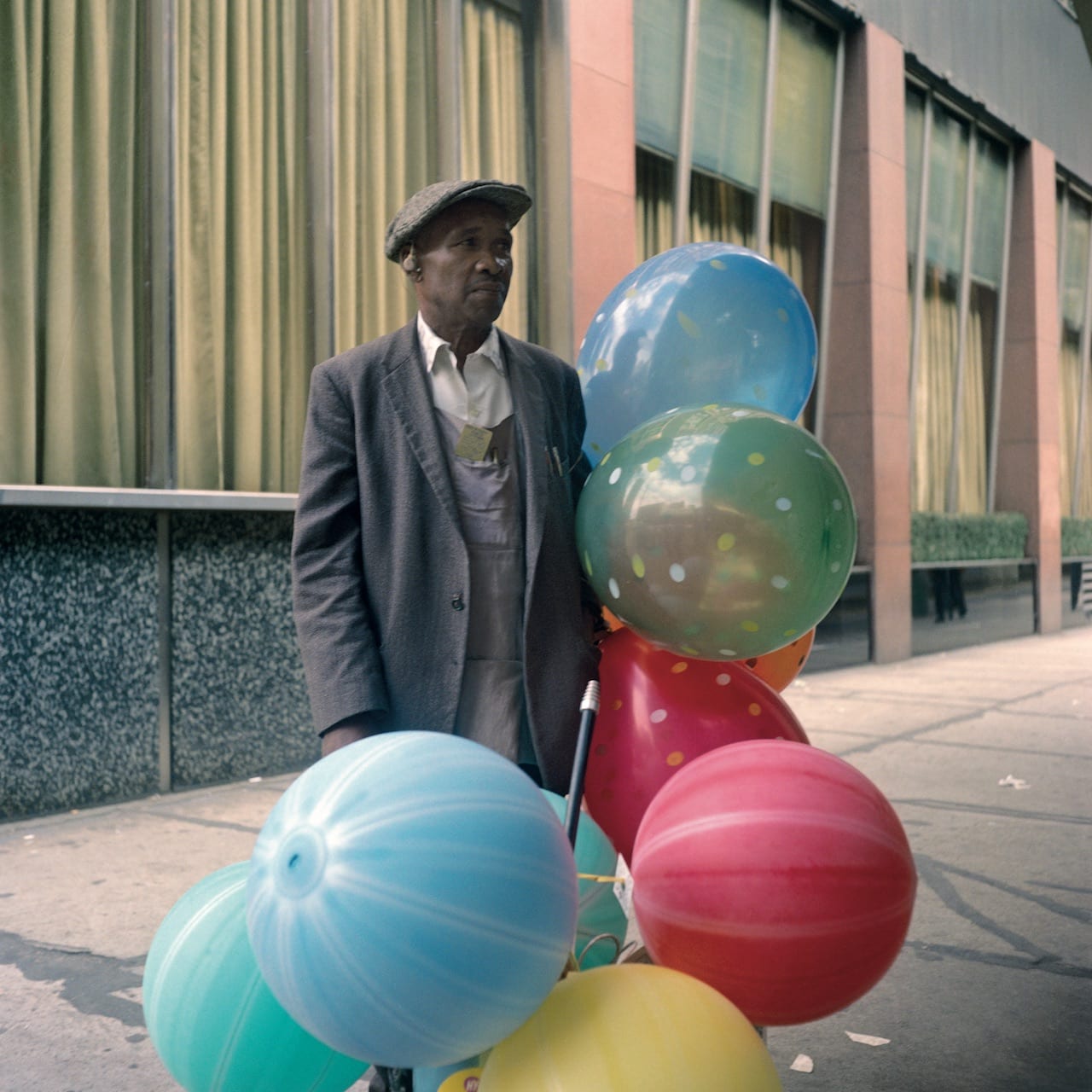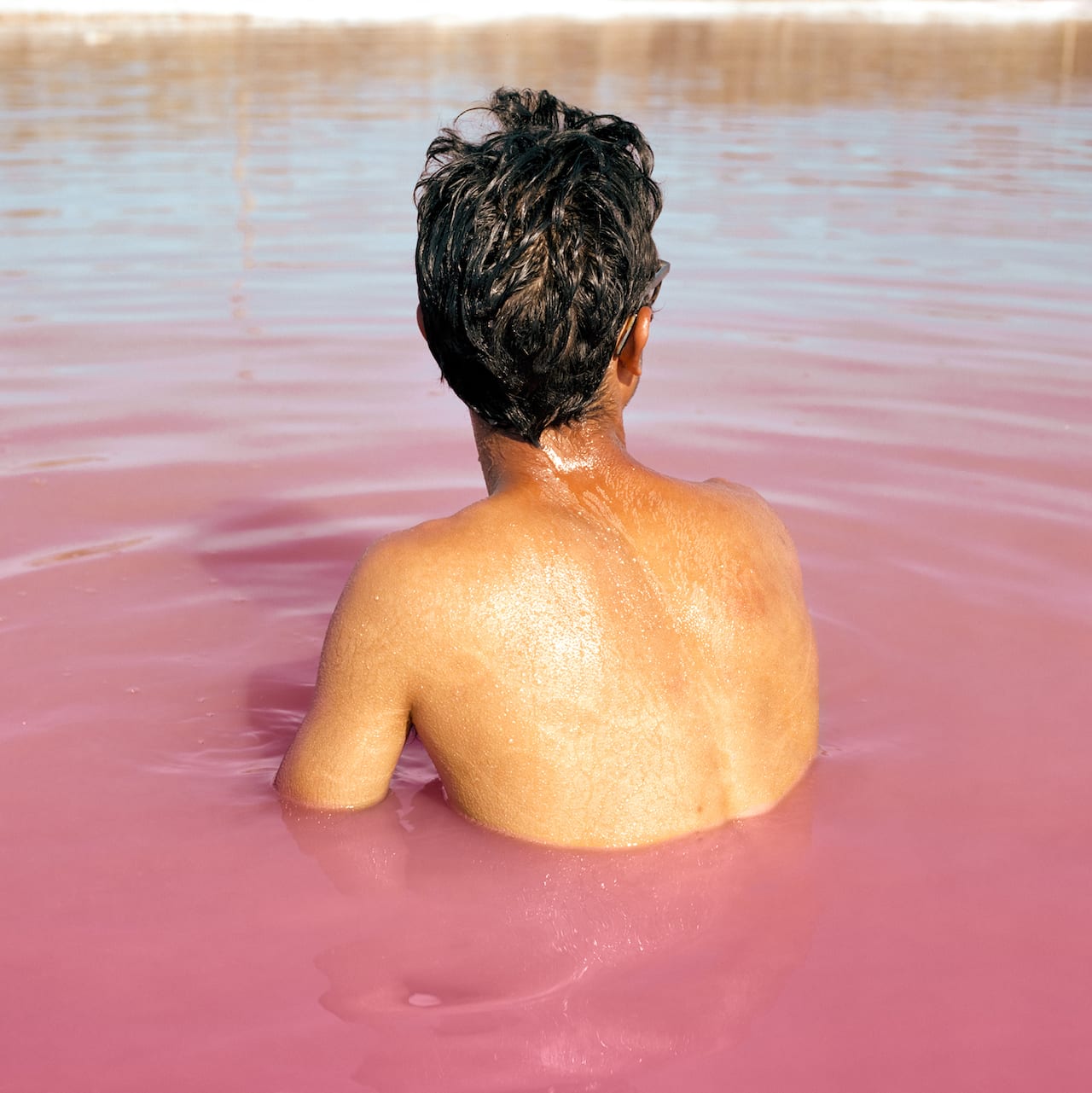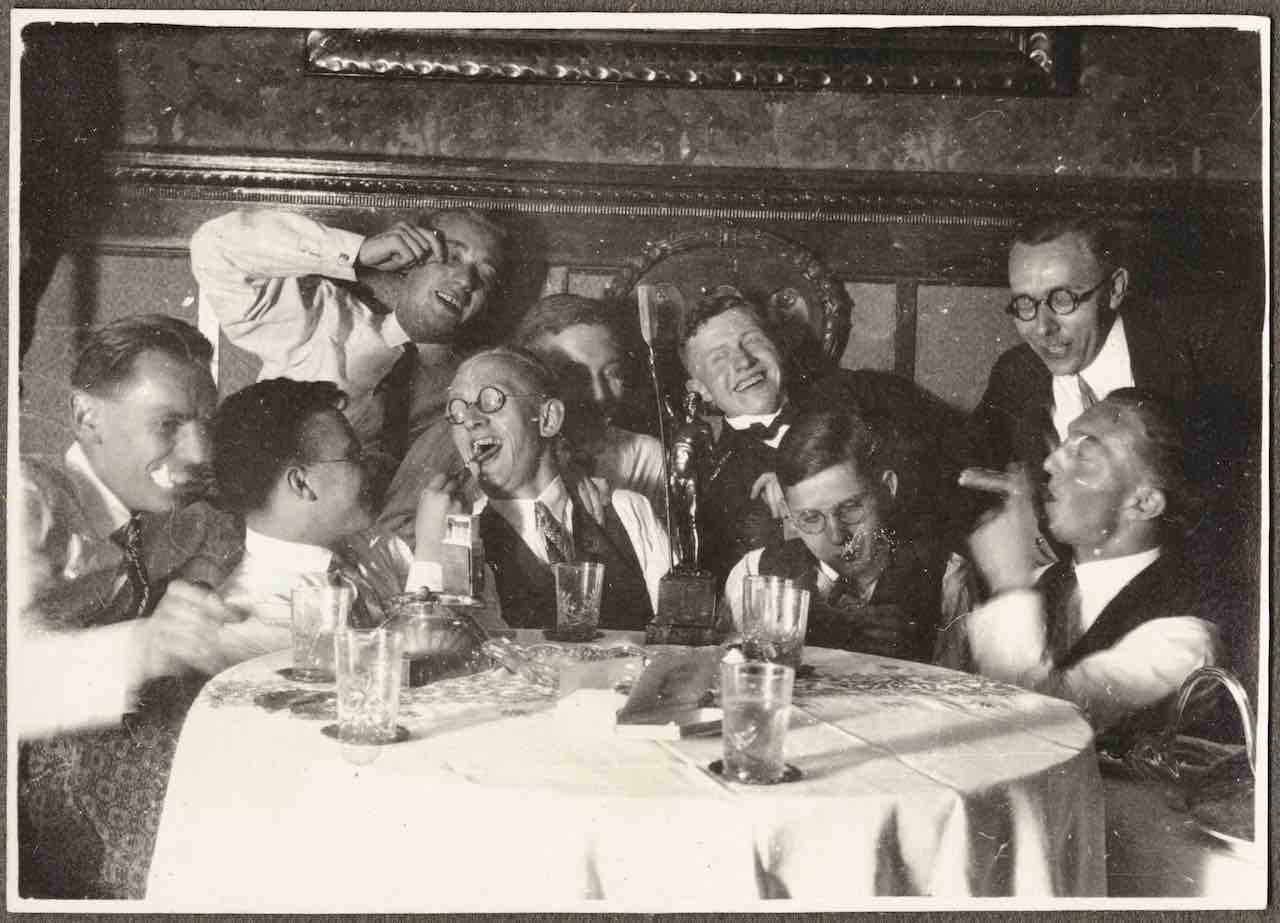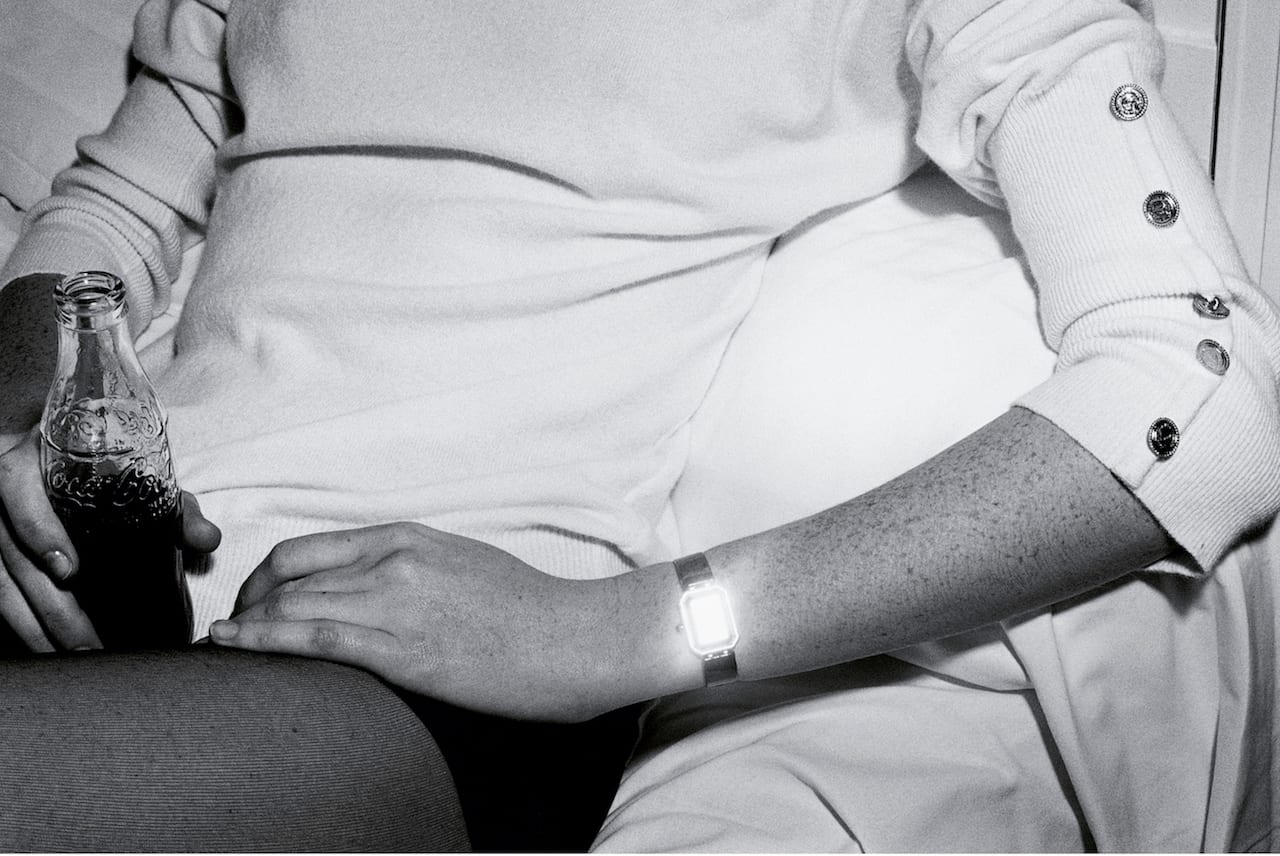When William Henry Fox Talbot pioneered the salted paper and calotype processes in 1841, he soon turned his new inventions to food, capturing two baskets overflowing with fruit. Creating an image designed to mimic the paintings of the time, and to contrast the colours and textures of the pineapple and peaches, he also made an image rife with welcoming symbolism – the pineapple a sign of hospitality, the peach a sign of fecundity.
“Fox Talbot’s photograph was copying the traditions of painting and its attendant symbolism,” says photography curator and writer Susan Bright. “But it was also concerned with the role of photography, and elevating its status to that of art. In this respect it resonates nicely with artists such as Daniel Gordon, whose work also deals with the medium of photography. But his constructed pineapple has nothing to do with symbolism, or striving to be understood as art. It is art. He is questioning the role of visual perception, what is real and what is not.
“The way food is photographed says a tremendous amount about significant aspects of our culture,” Bright continues. “It is often about fantasy, be that national, sexual or historical. Photographs of food are the carrier for so many things – desire, consumption, taste, immigration and feminism, for example. It has been a major part of the development of fine art, editorial, fashion, marketing and product photography throughout the 20th and 21st century.”

